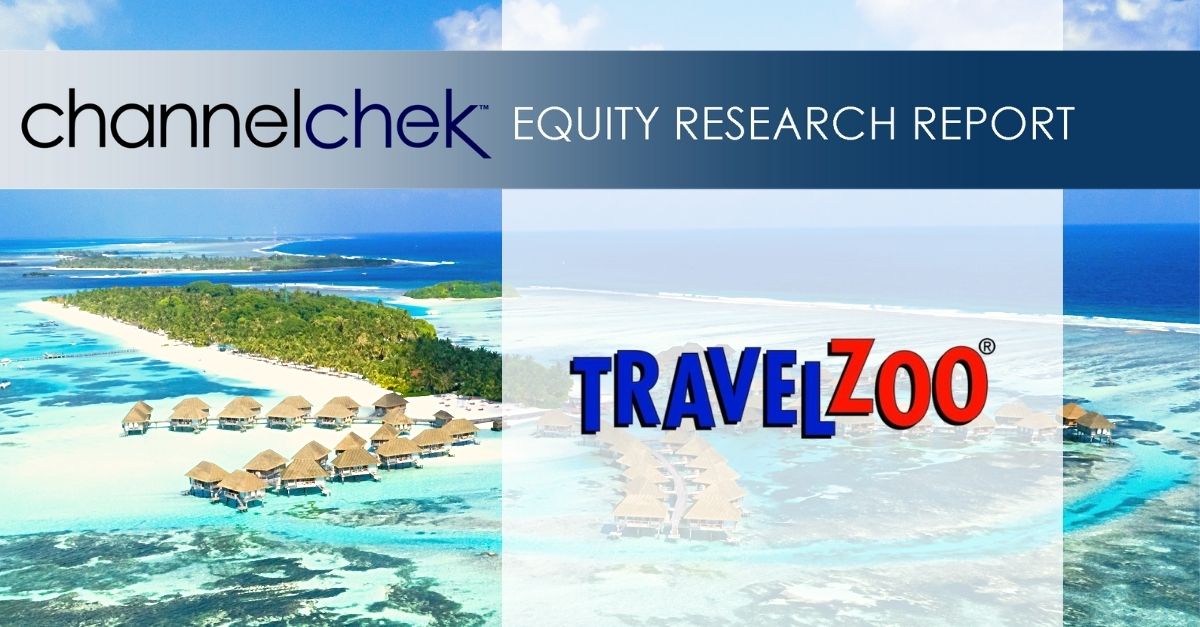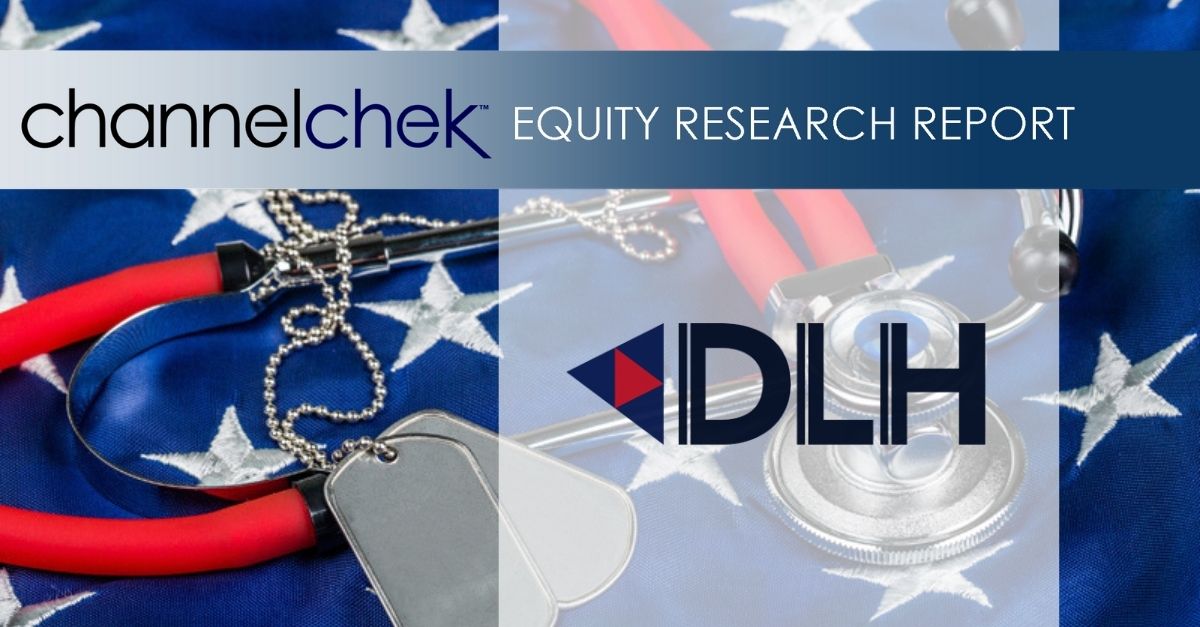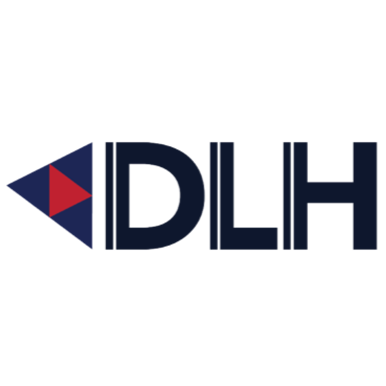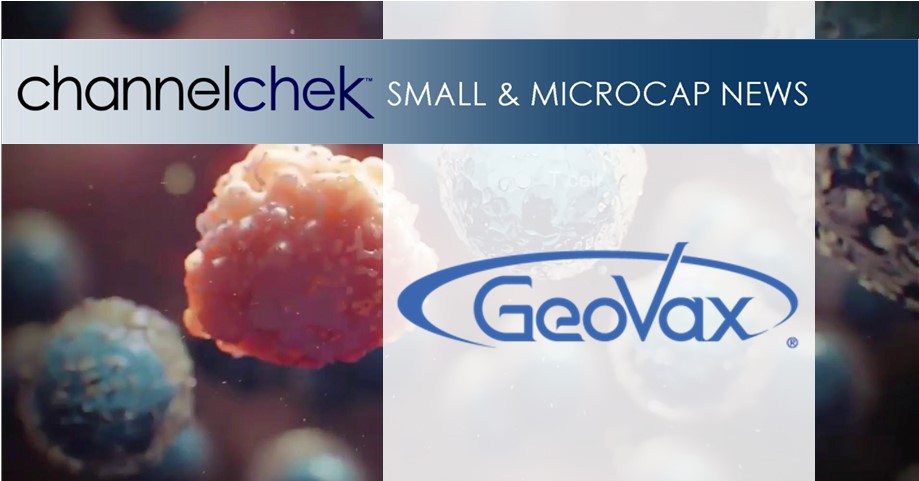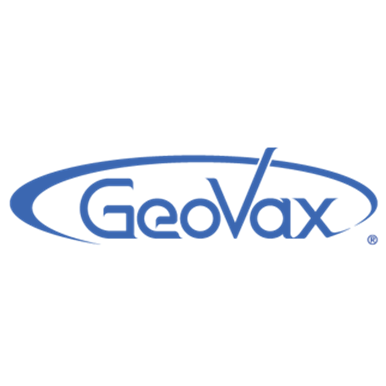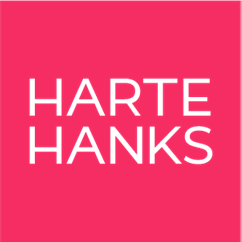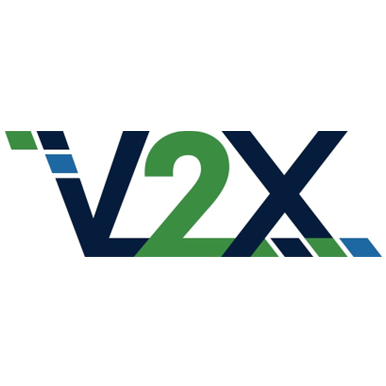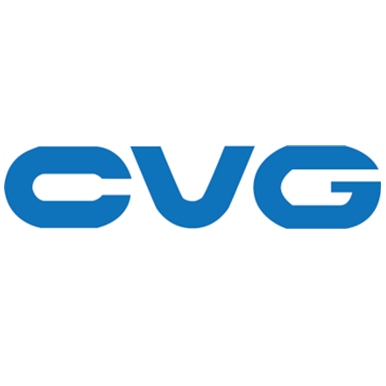
Research News and Market Data on ZVSA
Oct 25, 2023
- Paper reports that obesity exacerbates scarring of the heart’s muscular tissue (myocardial fibrosis) through recruitment of inflammasome ASC to the heart’s mitochondria, facilitating NLRP3 inflammasome assembly and activation leading to damaging inflammation
- Obesity, which affects over 650 million adults, is a known risk factor for myocardial fibrosis which is associated with almost all heart diseases
- ZyVersa is developing Inflammasome ASC Inhibitor IC 100, designed to inhibit formation of multiple types of inflammasomes and their associated ASC specks to attenuate initiation and perpetuation of damaging inflammation
WESTON, Fla., Oct. 25, 2023 (GLOBE NEWSWIRE) — ZyVersa Therapeutics, Inc. (Nasdaq: ZVSA, or “ZyVersa”), a clinical stage specialty biopharmaceutical company developing first-in-class drugs for treatment of inflammatory and renal diseases, announces a publication in the peer-reviewed journal, Diabetes, demonstrating the role of ASC in myocardial fibrosis induced by obesity. ASC is an inflammasome adaptor protein that has a critical role in inflammasome activation.
In the paper titled, “Obesity enables NLRP3 activation and induces myocardial fibrosis via hyperacetylation of HADHa,” the authors performed MRIs on obese and lean people and evaluated their plasma. They also studied an animal model of obesity, with and without induced myocardial injury. Data indicate that:
- Activated NLRP3 inflammasomes leading to increased levels of proinflammatory IL-1β and IL-18 contribute to obesity-related myocardial fibrosis in obese humans and mice.
- Inflammasome ASC localized in the heart’s mitochondria participates in NLRP3 inflammasome formation and activation based on mouse data.
- Inhibition of NLRP3 activation or removal of IL-1β and IL-18 abated the adverse effects on cardiac fibrosis and function in mice.
The authors concluded that these results provide new evidence for the involvement of mitochondria-localized ASC in obesity-induced cardiac fibrosis. To read the article, Click Here.
“Obesity, a well-established risk factor for cardiovascular disease, has reached pandemic proportions, and may affect up to two-thirds of the adult population in developed countries,” stated Stephen C. Glover, ZyVersa’s Co-founder, Chairman, CEO and President. “The research published in Diabetes demonstrates that ASC in the heart’s mitochondria facilitates NLRP3 inflammasome assembly and activation leading to damaging inflammation and myocardial fibrosis associated with obesity. This provides support for Inflammasome ASC Inhibitor IC 100 as a potential therapeutic option. By inhibiting ASC, IC 100 blocks formation of NLRP3 and other types of inflammasomes to block initiation of the inflammatory cascade. Likewise, IC 100 uniquely inhibits ASC specks to attenuate perpetuation of damaging inflammation.” To review a white paper summarizing the mechanism of action and preclinical data for IC 100, Click Here.
About Inflammasome ASC Inhibitor IC 100
IC 100 is a novel humanized IgG4 monoclonal antibody that inhibits the inflammasome adaptor protein ASC. IC 100 was designed to attenuate both initiation and perpetuation of the inflammatory response. It does so by binding to a specific region of the ASC component of multiple types of inflammasomes, including NLRP1, NLRP2, NLRP3, NLRC4, AIM2, Pyrin. Intracellularly, IC 100 binds to ASC monomers, inhibiting inflammasome formation, thereby blocking activation of IL-1β early in the inflammatory cascade. IC 100 also binds to ASC in ASC Specks, both intracellularly and extracellularly, further blocking activation of IL-1β and the perpetuation of the inflammatory response that is pathogenic in inflammatory diseases. Because active cytokines amplify adaptive immunity through various mechanisms, IC 100, by attenuating cytokine activation, also attenuates the adaptive immune response.
About ZyVersa Therapeutics, Inc.
ZyVersa (Nasdaq: ZVSA) is a clinical stage specialty biopharmaceutical company leveraging advanced, proprietary technologies to develop first-in-class drugs for patients with renal and inflammatory diseases who have significant unmet medical needs. The Company is currently advancing a therapeutic development pipeline with multiple programs built around its two proprietary technologies – Cholesterol Efflux Mediator™ VAR 200 for treatment of kidney diseases, and Inflammasome ASC Inhibitor IC 100, targeting damaging inflammation associated with numerous CNS and other inflammatory diseases. For more information, please visit www.zyversa.com.
Cautionary Statement Regarding Forward-Looking Statements
Certain statements contained in this press release regarding matters that are not historical facts, are forward-looking statements within the meaning of Section 21E of the Securities Exchange Act of 1934, as amended, and the Private Securities Litigation Reform Act of 1995. These include statements regarding management’s intentions, plans, beliefs, expectations, or forecasts for the future, and, therefore, you are cautioned not to place undue reliance on them. No forward-looking statement can be guaranteed, and actual results may differ materially from those projected. ZyVersa Therapeutics, Inc (“ZyVersa”) uses words such as “anticipates,” “believes,” “plans,” “expects,” “projects,” “future,” “intends,” “may,” “will,” “should,” “could,” “estimates,” “predicts,” “potential,” “continue,” “guidance,” and similar expressions to identify these forward-looking statements that are intended to be covered by the safe-harbor provisions. Such forward-looking statements are based on ZyVersa’s expectations and involve risks and uncertainties; consequently, actual results may differ materially from those expressed or implied in the statements due to a number of factors, including ZyVersa’s plans to develop and commercialize its product candidates, the timing of initiation of ZyVersa’s planned preclinical and clinical trials; the timing of the availability of data from ZyVersa’s preclinical and clinical trials; the timing of any planned investigational new drug application or new drug application; ZyVersa’s plans to research, develop, and commercialize its current and future product candidates; the clinical utility, potential benefits and market acceptance of ZyVersa’s product candidates; ZyVersa’s commercialization, marketing and manufacturing capabilities and strategy; ZyVersa’s ability to protect its intellectual property position; and ZyVersa’s estimates regarding future revenue, expenses, capital requirements and need for additional financing.
New factors emerge from time-to-time, and it is not possible for ZyVersa to predict all such factors, nor can ZyVersa assess the impact of each such factor on the business or the extent to which any factor, or combination of factors, may cause actual results to differ materially from those contained in any forward-looking statements. Forward-looking statements included in this press release are based on information available to ZyVersa as of the date of this press release. ZyVersa disclaims any obligation to update such forward-looking statements to reflect events or circumstances after the date of this press release, except as required by applicable law.
This press release does not constitute an offer to sell, or the solicitation of an offer to buy, any securities.
Corporate and IR Contact:
Karen Cashmere
Chief Commercial Officer
kcashmere@zyversa.com
786-251-9641
Media Contacts
Tiberend Strategic Advisors, Inc.
Casey McDonald
cmcdonald@tiberend.com
646-577-8520
Dave Schemelia
dschemelia@tiberend.com
609-468-9325



